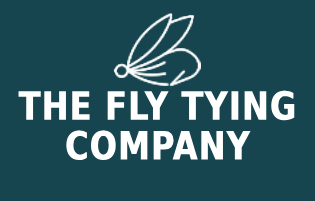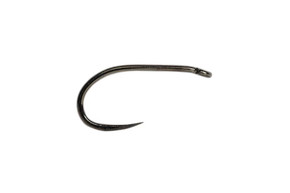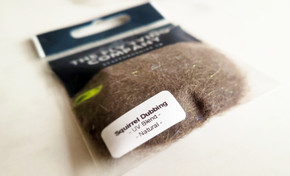Origin & History
The Claret Buzzer is a classic UK stillwater nymph pattern, developed to imitate emerging midge pupae and buzzers. Popularised in Scottish lochs and English reservoirs, it features a dark claret body with a slim, tapered profile that trout find irresistible during buzzer-dominated days. Its simplicity and effectiveness have made it a staple for fly anglers targeting stillwater trout throughout the UK.
Materials
- Hook: 1X–2X long nymph hook, sizes 10–16
- Thread: Black or brown 8/70D
- Tail: 3–5 strands coq de leon fibres
- Body: Claret synthetic dubbing
- Rib: Optional – fine gold or copper wire
- Thorax: Claret or slightly darker dubbing
- Optional Wingcase: Thin black tinsel or mylar
Step-by-Step Tying
- Secure the Hook: Place the hook in the vise and secure firmly.
- Attach the Thread: Start behind the hook eye and wrap back to the bend.
- Prepare the Tail: Tie in 3–5 strands of coq de leon fibers at the bend, roughly the length of the hook shank.
- Form the Body: Apply claret dubbing to the thread and wrap forward to create a smooth, tapered abdomen.
- Add Ribbing: Optional – spiral in fine wire along the body for segmentation.
- Create Thorax: Apply slightly darker claret dubbing to form a compact thorax.
- Optional Wingcase: Tie in a strip of thin black tinsel or mylar over the thorax for realism.
- Finish: Whip finish the thread and trim any excess materials.
Variations
- Standard Claret Buzzer: Classic claret body with slightly darker thorax.
- Ribbed Variant: Adds gold or copper ribbing for durability and segmentation.
- Wingcase Variant: Adds tinsel wingcase for a pupal silhouette.
- Mini Claret Buzzer: Smaller hook for selective feeding trout.
- Emerging Claret Buzzer: Lighter thorax to mimic emerging pupae.
Seasonality & What It Represents
Most effective spring through autumn, particularly during midge and buzzer hatches. Represents emerging midge pupae, a key food source for stillwater trout.
Tackle & Setup
- Rod: 9–10 ft 4–6 weight stillwater or lake rod
- Line: Floating or intermediate line for controlled depth
- Leader: 9–12 ft tapered leader
- Tippet: 4–6 lb
- Presentation: Slow drag-free drift or washing-line presentation
Summary Table
| Feature | Details |
|---|---|
| Hook Size | 10–16, 1X–2X long nymph |
| Tail | 3–5 strands coq de leon fibres |
| Body | Claret synthetic dubbing |
| Rib | Optional fine wire |
| Thorax | Claret or slightly darker dubbing |
| Wingcase | Optional thin black tinsel or mylar |
| Seasonality | Spring to autumn |
| Best For | Midge pupae and buzzers in stillwaters |












